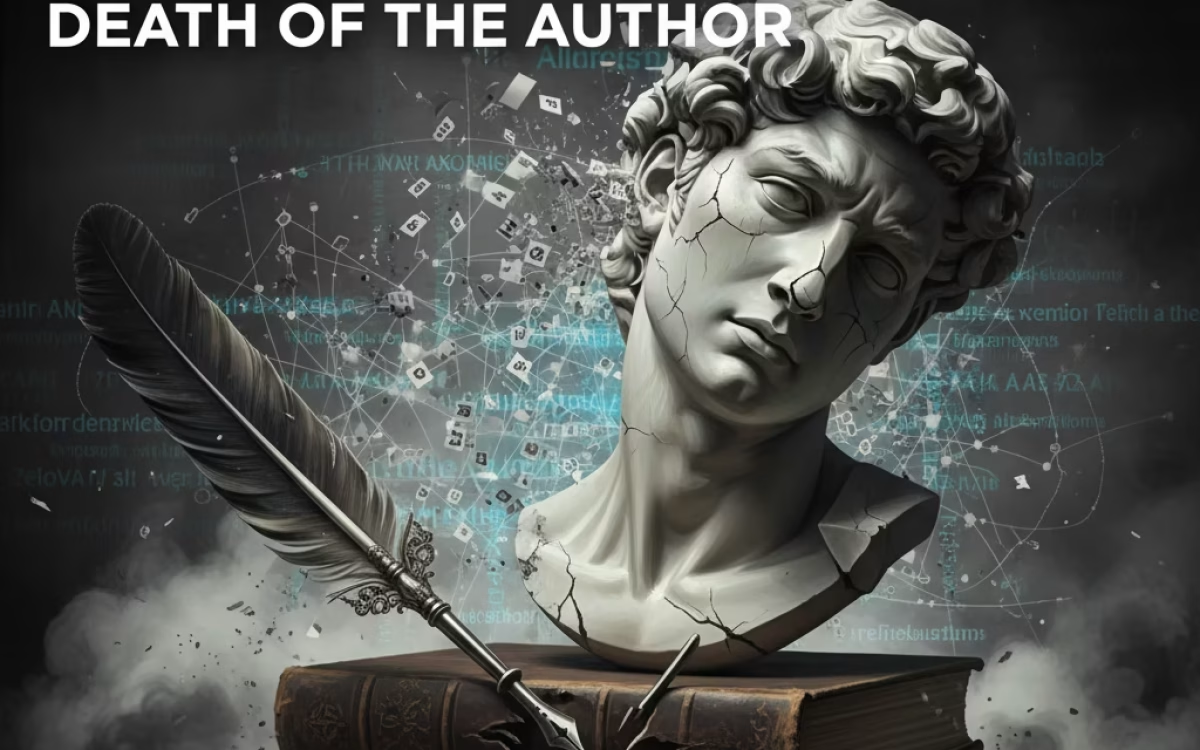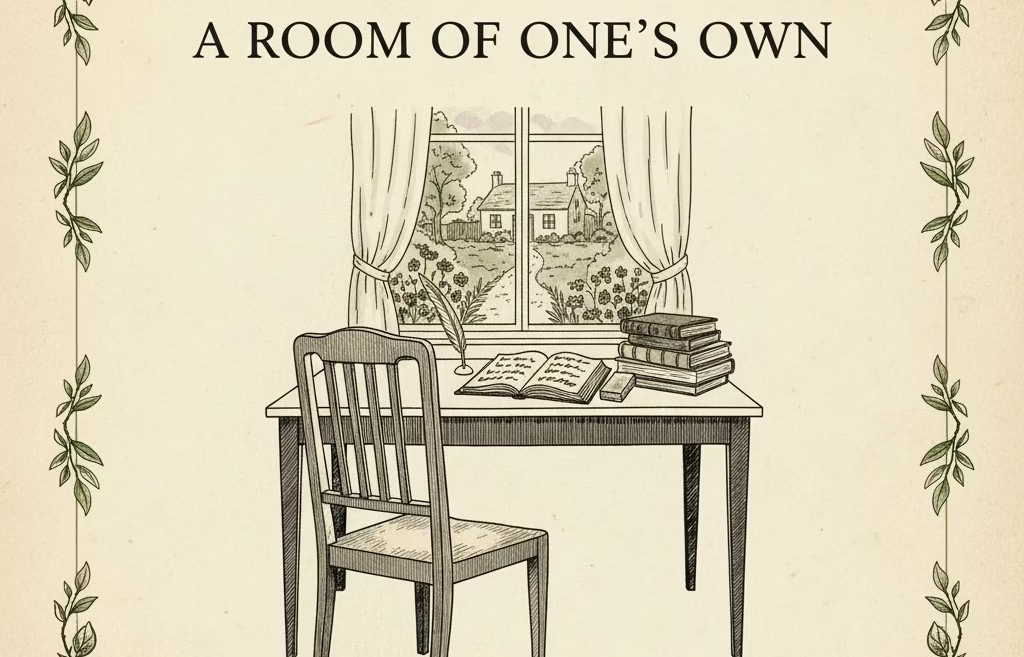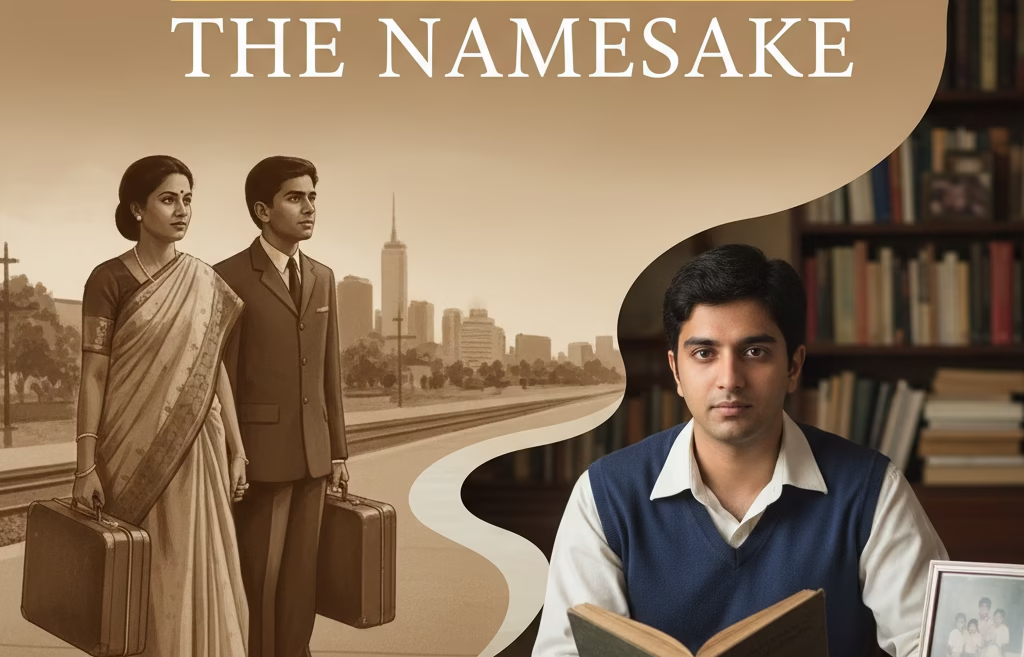Introduction
When it comes to literary theory, few essays have sparked as much debate and reshaped critical thinking as Roland Barthes’ “Death of the Author.” Written in 1967, this seminal work challenges the traditional view that a text’s meaning is pinned down by the intentions or biography of its author. Instead, Barthes shifts the focus from the creator to the reader, suggesting that meaning is not fixed but fluid, shaped by each person’s unique interpretation.
This radical approach revolutionises the way literature is approached globally, especially in academic circles. In a world increasingly embracing diverse perspectives, Barthes’ theory underlines the power of the individual reader’s engagement and interpretation, rather than an authoritative “final meaning” dictated by the author.
What is “Death of the Author”?
The phrase “Death of the Author” might evoke images of a literal farewell, but Barthes uses it metaphorically to describe a seismic shift in literary criticism. Rather than seeing texts as vessels solely carrying the intentions, personality, or political ideology of their authors, Barthes encourages readers to see texts as independent, multidimensional spaces filled with signs that take on meaning only once they encounter a reader.
Barthes famously writes, “The birth of the reader must be at the cost of the death of the author.” By this, he means that the overwhelming presence of the author in classical literary interpretation must provide a way to focus on the reader’s experience, where the text’s myriad interpretations come alive.
This concept breaks away from “authorial intent,” a practice that dominated literary criticism and academic studies for centuries. It critiques the tendency to search for a single definitive meaning rooted in the author’s life, social context, or choices. Rather, Barthes invites us to view writing itself as a “tissue of quotations,”, a web of cultural, linguistic, and textual references that defy authorial ownership. FULL TEXT
The Historical and Intellectual Context
To fully appreciate Barthes’ argument, it’s important to understand the intellectual landscape of the late 1960s. Structuralism, the dominant mode of thought at the time, viewed texts as systems of signs, emphasising the underlying structures that shape meaning. Barthes’ essay signalled the transition to post-structuralism, questioning the stability of texts and fixed meanings.
Barthes draws from various figures who influenced his thinking:
Stéphane Mallarmé’s idea that it is “language that speaks, not the author” suggests the subordination of the author’s voice to the language system itself.
Marcel Proust’s blurring of writer and character identities encouraged dismantling rigid author-text boundaries.
The Surrealists’ practice of automatic writing highlighted unconscious linguistic creativity rather than deliberate authorial control.
These influences collectively shaped Barthes’ argument that the author and their intentions do not hold ultimate authority over meaning—instead, diverse readers disentangle texts with their own understanding and interpretations.
Roland Barthes’ Death of the Author: A Reader-Centered Approach
So what does it mean practically to consider the “death” of the author? Barthes’ theory pivots literary analysis from being a forensic exercise around author biography and intent to a dynamic interpretative process driven by the reader. This shift has several implications:
Multiplicity of Meanings: Since meaning is not authored but created by readers, any number of valid interpretations can coexist. This democratizes literature and allows marginalised or previously unheard voices to find their place in textual discussions.
Text as a Site of Play: Texts become vibrant spaces for play and exploration. As each reader brings their own experiences, background, and context, the text lives many lives beyond its original publication.
Authorial Authority Undermined: Barthes questions the power dynamics in literature whereby authors are seen as creators with ultimate control or “God-like” authority over meaning.
Roland Barthes’ Death of the Author: Criticisms
Of course, no influential theory is without its critics. Since Barthes published his essay, postcolonial critics and Indigenous authors have raised concerns. They argue that the “death of the author” can risk enabling cultural appropriation and erasing vital authorial voices. Moreover, some scholars caution that divorcing a text from its original context can lead to interpretations that overlook important socio-political factors. Barthes’ proposal is best seen not as a call for the total elimination of the author but as part of an ongoing dialogue between authorial presence and reader interpretation.
Roland Barthes’ Death of the Author: the Digital Age
In the booming era of digital media and social platforms, Roland Barthes’ theory feels prescient. Today, texts, both literary and otherwise, teem with collaborative authorship, reinterpretation, and remix culture. Internet memes, fan fiction, and social media threads make it clear that authorial control is increasingly diffuse.
Moreover, geo-cultural differences significantly influence the global interpretation of texts. For instance, a reader in Mumbai might derive meanings from a Shakespearean play that resonate differently than a reader in London due to differing cultural backgrounds, languages, and historical influences. This modern cultural tapestry reinforces Barthes’ argument that the reader’s role is paramount.
Personal Reflection
Despite its complexity and critique, Barthes’ “Death of the Author” remains, in my view, a liberating call for literary openness. It encourages readers — especially students and casual literary enthusiasts — to take ownership of texts and trust their interpretations. Literature then becomes a living conversation across borders and decades rather than a museum piece trapped by authorial intent.
At the same time, embracing Barthes’ theory requires balance. Recognising the importance of authorial context, particularly in culturally sensitive narratives, can enrich interpretation. For literature educators and content creators, this theory invites new pedagogical strategies that emphasise pluralism and critical engagement.
Key Takeaways on Death of the Author
The author’s intentions and biography are not the definitive source for meaning.
Meaning arises dynamically through the reader’s engagement.
Texts are multi-dimensional spaces enriched by intertextuality and cultural input.
This theory advocates decentralised literary authority and broader interpretative freedom.
It also prompts critical reflections on culture, power, and ownership in literature. EXPLORE OTHER AUTHORS
Conclusion
Nearly six decades have passed, yet Roland Barthes’ “Death of the Author” still resonates powerfully. It challenges fundamental assumptions about creativity, authority, and interpretation that many take for granted. This essay has become essential reading for writers, readers, and educators alike—whether in India, the UK, or other English-speaking regions invested in literary arts.
Ultimately, Barthes reminds us that when an author “dies”, a new birth occurs: the reader emerges. This birth leads to a richer, more democratic process of meaning-making, where literature’s endless potential unfolds afresh with every encounter.
Frequently Asked Questions (FAQs)
Q1: What is the main argument of Barthes’ “Death of the Author”?
A1: The essay argues that a text’s meaning should not be limited or fixed by the author’s intentions. Instead, the meaning comes from the reader’s interpretation.
Q2: How does the theory affect literary criticism?
A2: It shifts the focus from author-centric analysis to reader-focused interpretation, encouraging multiple meanings and perspectives.
Q3: Is the author literally dead in Barthes’ theory?
A3: No, the “death” is a metaphor for diminishing the author’s control over textual interpretation.
Q4: How is this theory relevant in today’s digital and global context?
A4: With diverse readers and collaborative texts online, meaning is more fluid and shaped by varied cultural contexts, echoing Barthes’ ideas.
Q5: Are there criticisms of the Death of the Author?
A5: Yes, particularly from postcolonial and indigenous perspectives, which emphasise authorial identity as crucial for cultural representation and resisting appropriation.






1 Comment
[…] Academic discussion regularly engages these terms, deepening understanding and expanding the scope of analysis. EXPLORE OTHER AUTHORS […]